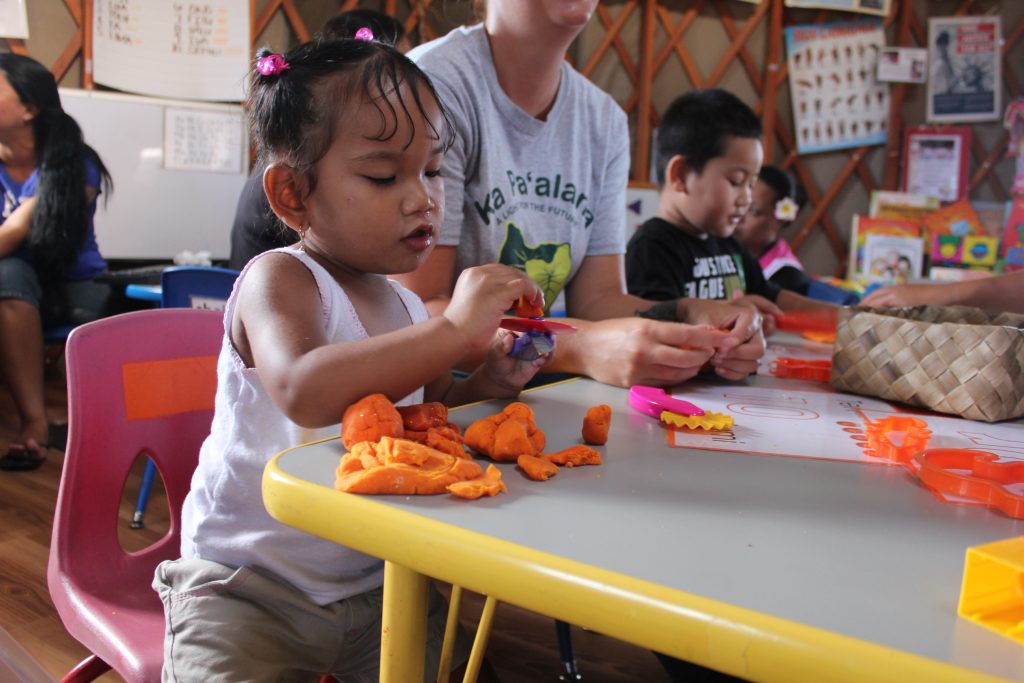While cost of living continues to rise across the country, one state remains among the hardest-hit (if not the hardest): Hawaii. Fuel, food, utilities, housing; everything costs more if you want to live in Paradise.
Unfortunately, these higher costs also translate to just about everything else and that includes education: even for the youngest of students.
New parents in the Aloha State are quickly learning that child care is expensive, and it has nothing to do with diapers and baby food. According to recent statistics from the Economic Policy Institute, the average [annual] cost of full-time child care (for a 4-year-old child)–either in a preschool or a daycare setting—is $9,312. Putting this into perspective, the average [annual] price of in-state college tuition is $8,216.
 While these numbers can vary, they disparity is still disproportionate: It costs at least as much—if not, more—to put a child in daycare than to attend a local university. But why is this so? Sure, daycare attendants and preschool educators must receive certain accreditation or certifications but that can’t possibly account for the expense juxtaposed against that of a university, right?
While these numbers can vary, they disparity is still disproportionate: It costs at least as much—if not, more—to put a child in daycare than to attend a local university. But why is this so? Sure, daycare attendants and preschool educators must receive certain accreditation or certifications but that can’t possibly account for the expense juxtaposed against that of a university, right?
Well, as you might expect, it is both more complicated and much simpler all at the same time. “The biggest expense for any preschool is staffing,” explains Executive Director of Hawaii Montessori Schools Angeline Geldhof. Montessori employs only 20 staff members between its two campuses in Kona and Waimea (on the big island of Hawaii). “We are accredited with the National Association for the Education of Young Children, which means we have to set higher standards in terms of staffing our programs, what we provide, our equipment and our facilities.”
As such, just like a university, the Montessori schools have to maintain accreditation, pay leasing fees, buy supplies, and maintain their facilities. And while the Montessori schools have not raised tuition within the last two years, they still charge $10,000 a year (year-round) for these child care services. And this does not include the application, supplies, and registration fees (totaling roughly $235) and insurance costs.
Now, Hawaii may be unique in that the state does not allow for the public funding of private schools, but several state programs do exist in an attempt to bridge this gap.
Sliding scales, subsidies, and other programs are available to help parents get the pre-K care they [probably desperately] need for both parents also to work and afford the cost of living in Hawaii.
Still, in many cases, it may not be enough.
